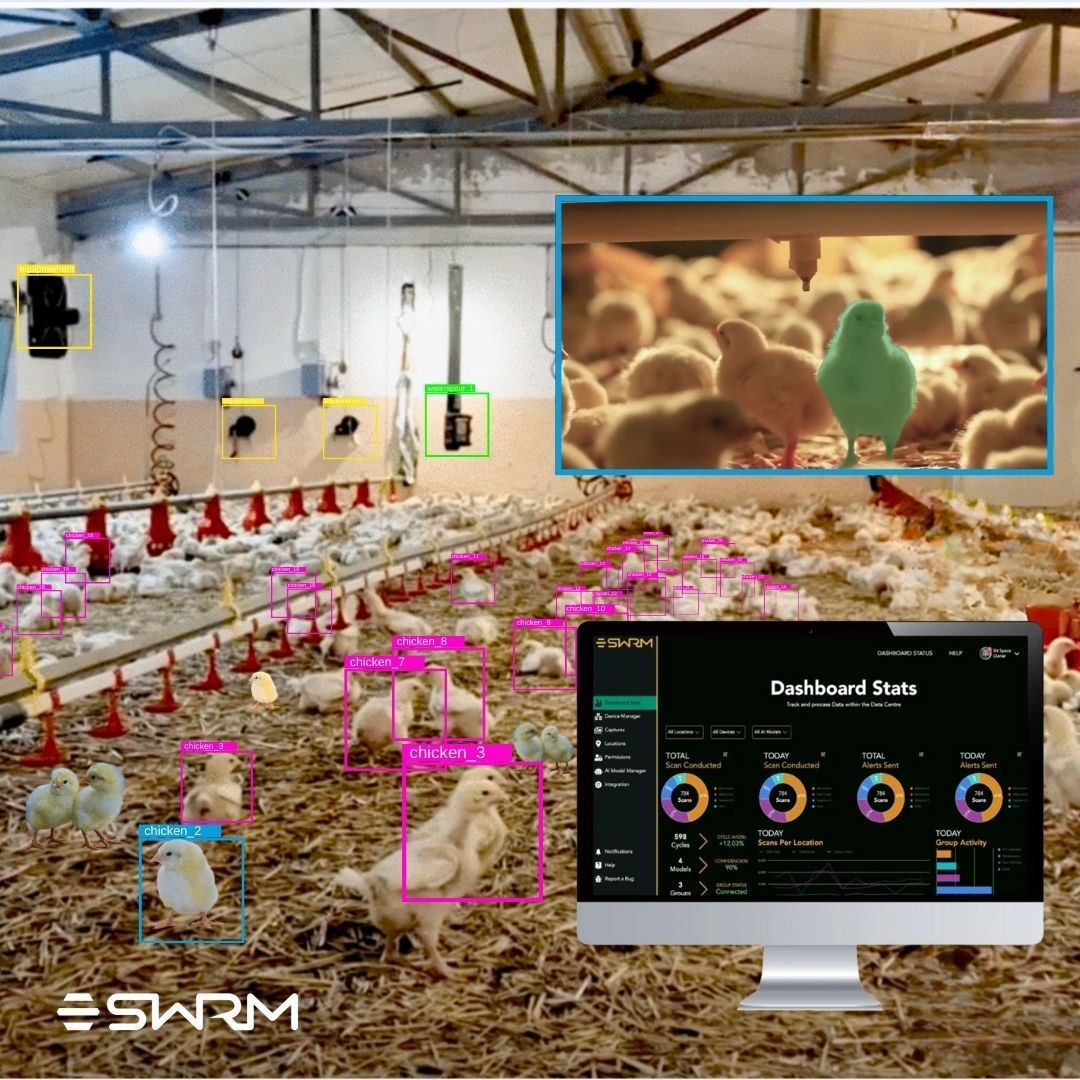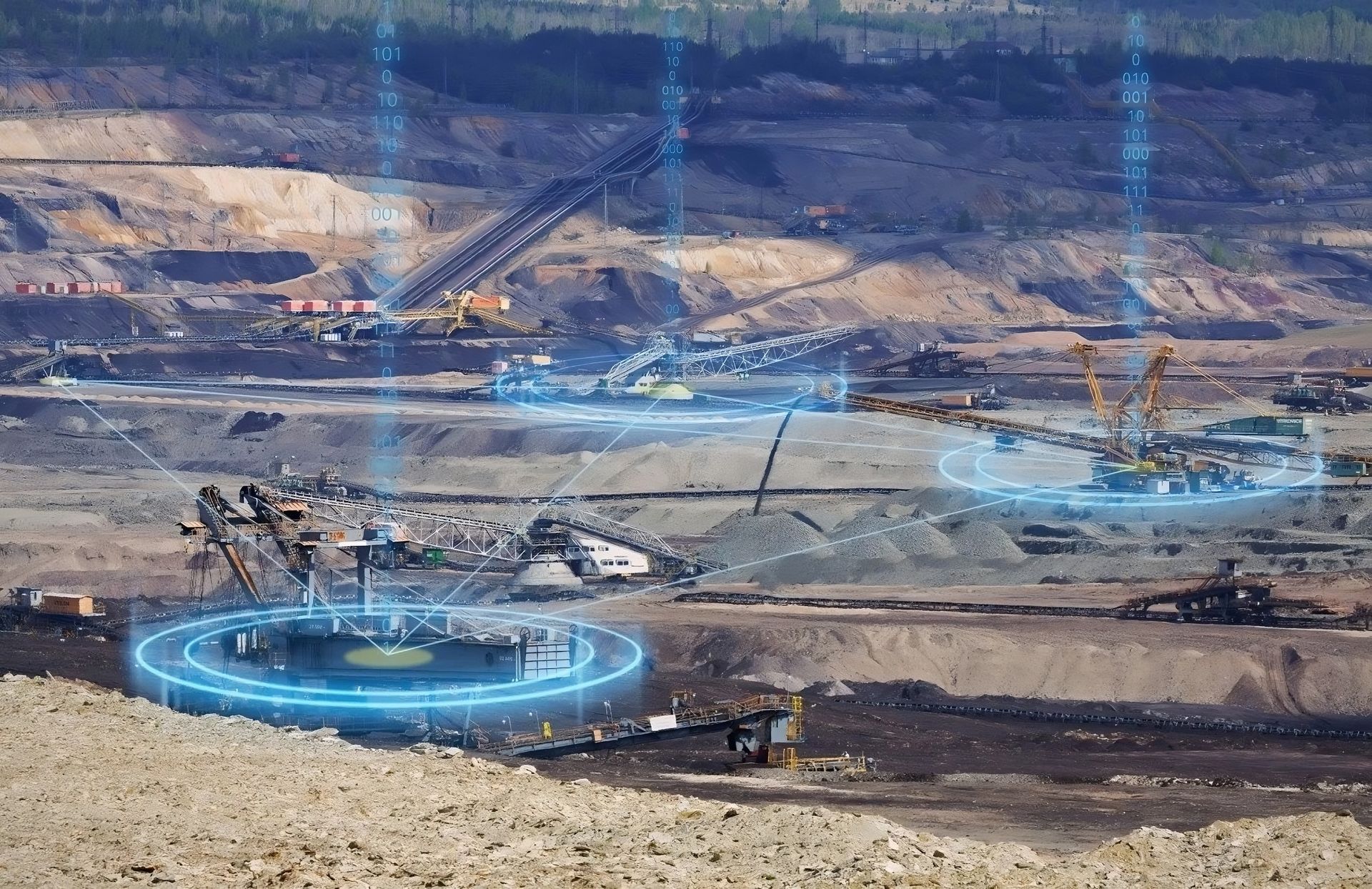VR-Powered Training for Transit Heroes
In today's fast-paced world, public transportation stands as a lifeline for millions, offering a convenient and eco-friendly way to get from point A to point B. However, handling conflicts and tense situations is an essential skill for transit and transportation authorities. With the rise of cutting-edge technology, virtual reality (VR) has emerged as a transformative tool for revolutionizing training and empowering professionals to navigate difficult situations with finesse. Let us delve into the world of VR-enhanced de-escalation training for transit and transportation authorities and explore its numerous advantages.
Immersive Learning Environments: Real-World Challenges in VR
VR breathes life into training scenarios by immersing trainees in a virtual world that mimics real-world transportation settings. By donning a VR headset, trainees can find themselves in environments mirroring their daily workplace. This realism allows them to experience challenging situations firsthand, such as dealing with agitated passengers, resolving disputes, or managing emergencies. The brilliance of immersion lies in its ability to create a safe space for trainees to make mistakes and learn from them without real-world repercussions. This hands-on learning can significantly boost their ability to handle high-pressure situations effectively when they encounter them on the job.
Tailored Training Scenarios: Adapting to Real Challenges
Virtual reality offers a remarkable degree of customization. Transit and transportation authorities can tailor training scenarios to their specific needs. This means they can create scenarios that replicate the unique challenges they face daily, making the training relevant and engaging for their employees. For instance, a trainee can practice managing a bustling subway platform during rush hour, assisting a passenger with special needs, or responding to a security threat. This adaptability ensures that employees receive training directly applicable to their roles, enhancing its practicality and effectiveness.
Instant Feedback and Performance Assessment
VR-based de-escalation training brings a crucial advantage in the form of real-time feedback and assessment. The technology records trainee actions and decisions, enabling instructors to review their performance and offer constructive feedback promptly. This immediate feedback loop accelerates the learning process, ensuring that trainees grasp the necessary skills swiftly. Moreover, VR allows for tracking and analyzing trainee progress over time, helping transportation authorities identify areas in need of improvement and addressing them proactively.
Cutting Costs and Ensuring Safety
Traditional de-escalation training often involves extensive logistics, including setting up real-life scenarios, hiring actors, and securing physical training spaces. Virtual reality eliminates many of these costs and logistical challenges. Additionally, by using VR for de-escalation training, transit and transportation authorities can enhance the safety of both trainees and the general public. Risky or potentially dangerous training scenarios can be simulated without real-world consequences, ensuring that employees are well-prepared to handle them when they occur on the job.
Remote Learning and Consistency
Virtual reality de-escalation training offers the convenience of remote learning, a significant advantage in today's dynamic world. Trainees can access VR scenarios from different locations, making it more adaptable for employees with varying schedules and responsibilities. Furthermore, VR training guarantees a consistent and standardized training experience for all employees. Whether an employee is based in a bustling urban center or a quieter suburban area, they can access the same training scenarios and materials, fostering consistency in de-escalation approaches.
In Conclusion
As public transportation continues to play a vital role in the daily lives of millions, the need for well-trained professionals who can manage conflicts and ensure passenger safety remains paramount. Virtual reality technology is reshaping de-escalation training for transit and transportation authorities, offering advantages such as realistic scenarios, customization, feedback, cost reduction, and remote access. By harnessing the power of VR, transportation authorities can equip their employees with the skills and confidence needed to excel in high-pressure situations, ultimately ensuring a safer and more enjoyable travel experience for passengers and a more prepared workforce. As technology continues to evolve, the future of de-escalation training for transit and transportation authorities has never looked more promising.
Click to share this article
Transform your business with immersive technologies
Schedule a consultation to see how BSD can help your organization unlock new avenues of engagement.
CONTACT US
Global Headquarters
1555 Dublin Avenue, R3E 3M8
Winnipeg, MB, Canada
PUBLIC RELATIONS
DIVISIONS
GENERAL
IN THE SPIRIT OF RECONCILIATION
We would like to acknowledge that the land on which we gather is Treaty One Territory, the home and traditional lands of the Anishinaabe (Ojibwe), Ininew (Cree), and Dakota peoples, and in the National Homeland of the Red River Métis. Our drinking water comes from Shoal Lake 40 First Nation.
Join 10,000+ people who get XR tips, insights, and company updates monthly.
Contact Us
We will get back to you as soon as possible.
Please try again later.
Privacy Policy Accessibility Sitemap Support
Bit Space Development Ltd.





